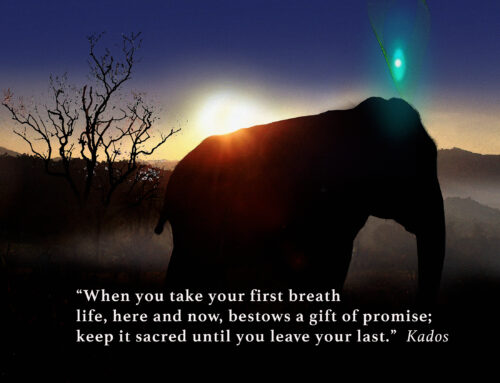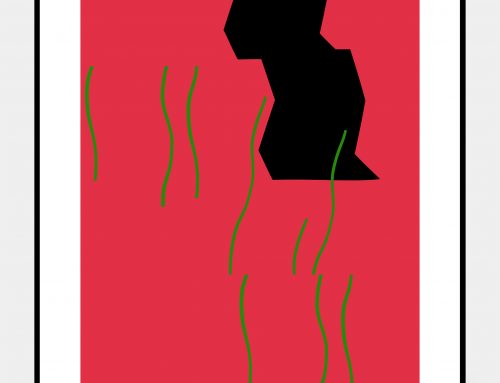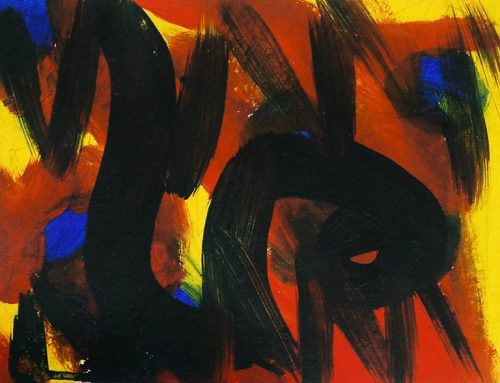Sawadee Everyone,
Many of you, over the years, have heard about Panom and some of you have even met her…perhaps have gone down to the river with her.
Recently I pulled out the children’s story I wrote twelve years ago in order to make some revisions and try to bring the story into a small hard-copy book. PANOM, and the Stone of Light is a Buddhist parable about the generosity of the earth.
Panom, of course, is a real elephant, one of the first elephants I filmed for my documentary on elephants; her spirit seemed to illuminate many of my endeavors; to her gentle spirit the book is dedicated.
Sadly, I was informed today, a few months ago she fell down the side of a steep hill and the resulting fall broke her leg. As common with accidents of this nature that befall such large creatures far away from elephant hospitals, it proved fatal. Panom, in her corporeal self, is no more.
In the book, and in my heart, Panom is a breathing metaphor for what sustains us and forgives us.
From the Introduction to PANOM, and the Stone of Light
“Panom is the Thai word expressing the gesture of placing hands, palms together, to the forehead. The act itself is called a ‘wei’. For Thais, among peers, it’s an informal greeting, much like our handshake, and often like the ubiquitous American slang “Hey, what’s up?”. Between young and old, it’s a courtesy of respect and before the King, Buddhists monks, and in the temples, it represents utmost humility before Buddha. ‘Panom’ also happens to be the name of an elephant I met in Northern Thailand in 1998. I was there filming for an independent project to raise money and awareness for the elephant hospital in Lampang, Thailand. Panom is a fifty-two year old, light grey elephant with a gentle nature. She is unusually tall and her amber-colored eyes, like all elephants, are ringed with dark stains from the runnels of tears.
Occasionally, when I visit her home, we go down to the river and swim together. I straddle her neck and hold fast to her large ears while she dives beneath the surface. She surges upward again and, with a full trunk of water, showers me. I like to lean over and kiss her on her domed head while scratching her ears. And sometimes I simply place my forehead against hers, the minds of two mammals, two different species, pressed together. If I could understand her pips and squeaks and low rumbles, what might I learn?
For the story of Panom and her blue sapphire, I have stitched together all the elements that have informed me—the meaning of the word, the real elephant Panom and the white elephant that appeared before Maha Maya. In the mythological pantheon, it is Airavat who creates the storms that nourish the earth. Like most deities, Airavat is male. Yet the social structure of elephants is matriarchal; Panom is the female counter-part.
Let’s imagine her in the turbulent heavens of tropical storms millennia before the birth of Buddha.
Imagine the vastness of her wisdom illuminating the universe with her spinning stone of light.
Imagine her white lotus unfolding, each petal a lesson for Peace.”
Blessings from her enduring spirit,
Galen







